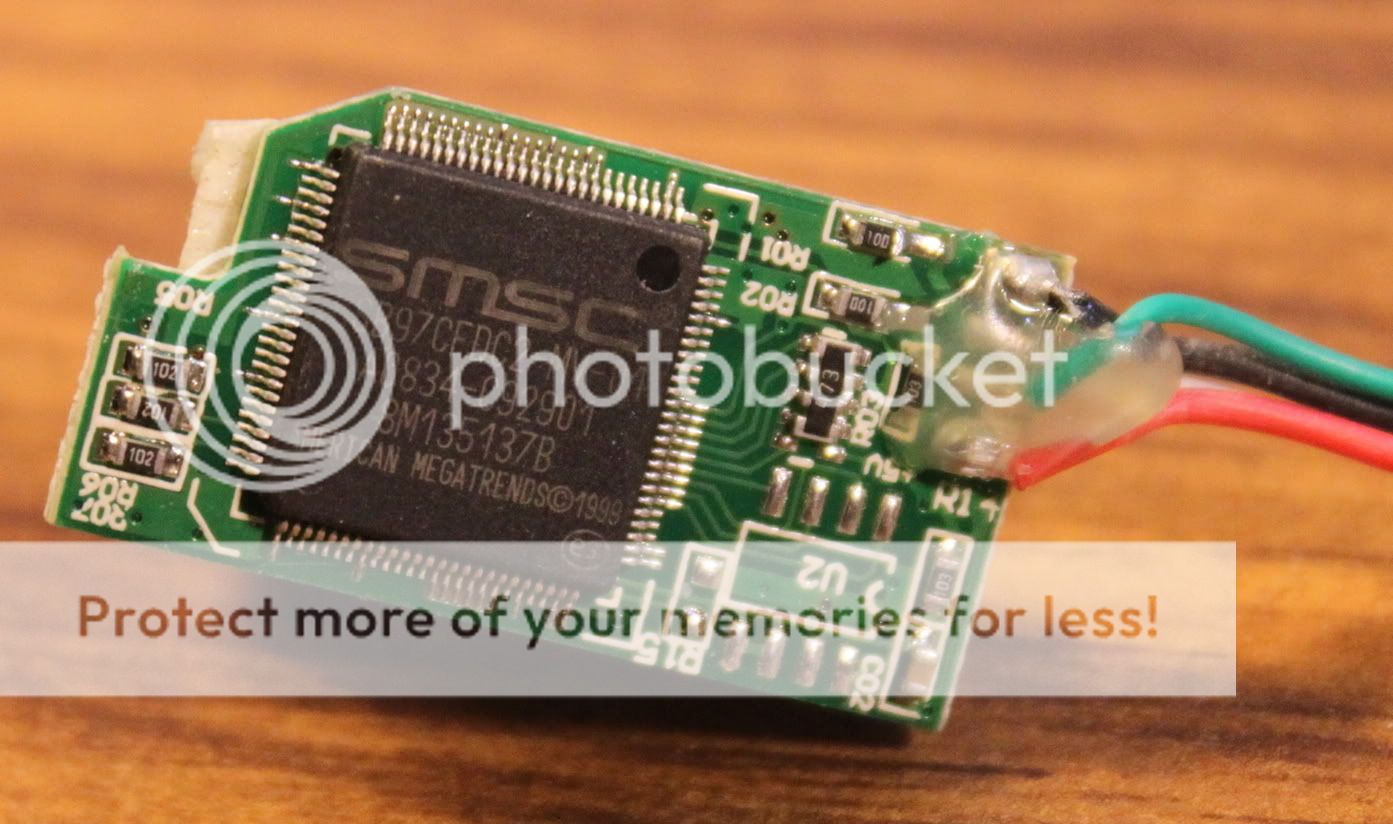T
twilyth
Guest
As you may have noticed, most new m/b's don't have FDD connectors, so if for some bizarre reason you want to access a pile of old 1.2meg floppies, you're SOL. There is no such thing as an external 5.25" drive. Go ahead, look. They don't exist. The only exception is some funky contraption sold by Apple that requires it's own adapter card.
But since you can still get external 3.5" FDD's that connect via USB, you'd think it would a pretty straight forward swap. You would be wrong.
When you crack open a 3.5" drive, and I do mean crack open since they are welded (sonic welding) shut, you find a weird 26 pin connection going from the USB interface to the drive electronics. And they don't even have the decency to make it a standard pin and socket connection. Oh no, they use a ribbon cable that goes into some sort of pressure connector.
Fortunately, there is an adapter which I assume is made for this purpose. If not, please let me know since this is my plan at the moment. Here's a link and a pic.

The guts of the USB interface terminate in a 26 conductor ribbon cable. But what I can't tell from this pic or any other I've been able to find is if the smaller connector takes a ribbon cable. It looks like it doesn't since it has a socket for accepting pins, but I don't know.
In the worst case though, I have no problem wiping out the soldering iron. What I'm interested in are opinions as to the best way to go about this. thanks.
But since you can still get external 3.5" FDD's that connect via USB, you'd think it would a pretty straight forward swap. You would be wrong.
When you crack open a 3.5" drive, and I do mean crack open since they are welded (sonic welding) shut, you find a weird 26 pin connection going from the USB interface to the drive electronics. And they don't even have the decency to make it a standard pin and socket connection. Oh no, they use a ribbon cable that goes into some sort of pressure connector.
Fortunately, there is an adapter which I assume is made for this purpose. If not, please let me know since this is my plan at the moment. Here's a link and a pic.

The guts of the USB interface terminate in a 26 conductor ribbon cable. But what I can't tell from this pic or any other I've been able to find is if the smaller connector takes a ribbon cable. It looks like it doesn't since it has a socket for accepting pins, but I don't know.
In the worst case though, I have no problem wiping out the soldering iron. What I'm interested in are opinions as to the best way to go about this. thanks.











 :shadedshu
:shadedshu 




 It was housed in a beige case and had a 12v/5v power connector and the ribbon cable going to it. Zippy thing it was, too. I had it connected to a BBC Master 128 (that's 128 kilobytes, lol).
It was housed in a beige case and had a 12v/5v power connector and the ribbon cable going to it. Zippy thing it was, too. I had it connected to a BBC Master 128 (that's 128 kilobytes, lol).